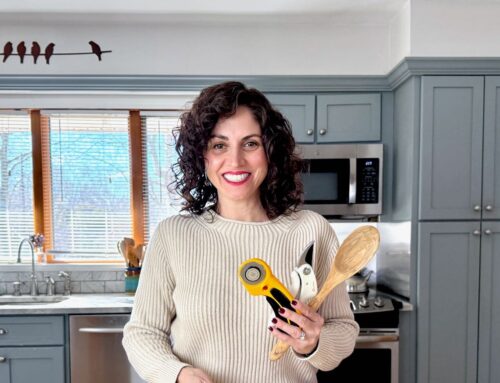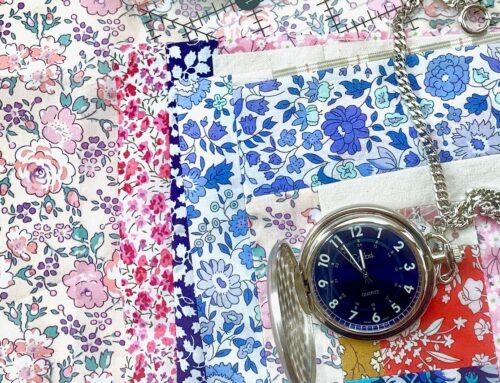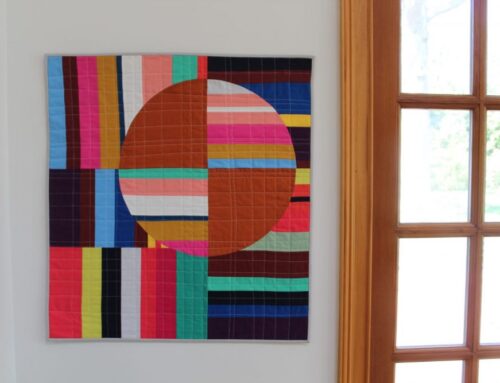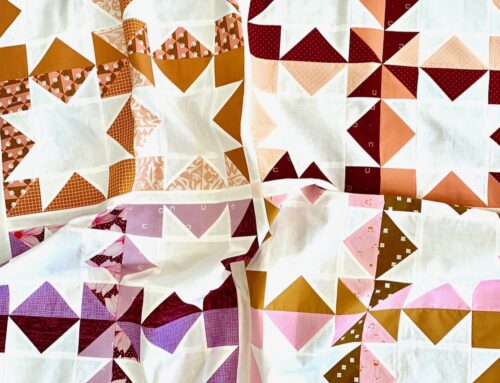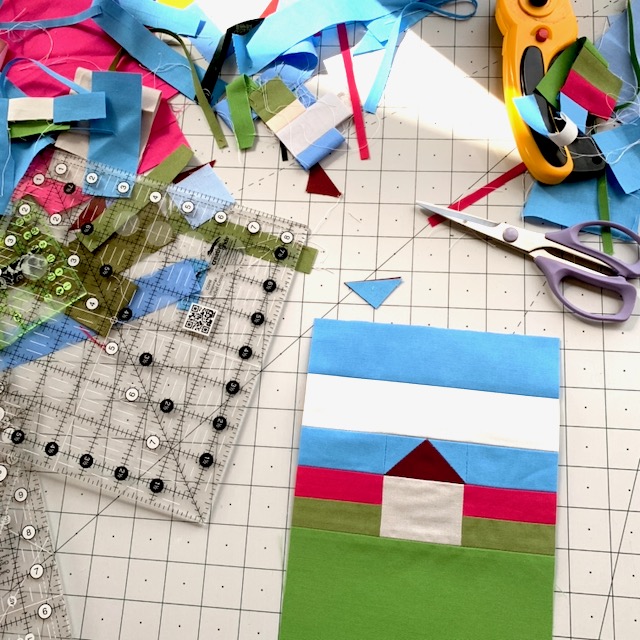
I was recently reading The Book of Alchemy, a book that is a love-letter to journaling and full of different prompts to get you started with the journaling process. One of the prompts was written by Michael Bierut, the professor credited with the idea of starting the 100-day project. This led me to think back on the time that I participated in the 100-day project and to think about starting one again.
Now, I will be the first to tell you that doing a 100-day project can be simple. But do not confuse simple with easy! The funny thing is, 100 days doesn’t seem that long, until you commit to doing something every single day – for 100 days!
But if you do choose to undertake this project, I promise it will be 100% worth the time and effort. If you complete all 100 days, you will come out the other side having learned lessons about grit and commitment. You will know what it takes to keep a promise to yourself — even when you are bored, frustrated, or tired (hint: you will probably experience all three at some point). You will develop a deeper awareness of your personal creative process. It’s an awesome growth exercise and I highly recommend trying it!
Beyond grit and commitment, you’ll discover how limitations actually spark creativity. Those days when I had to work with whatever fabric was in my stash taught me to see beauty in what’s already at hand rather than constantly seeking something new.
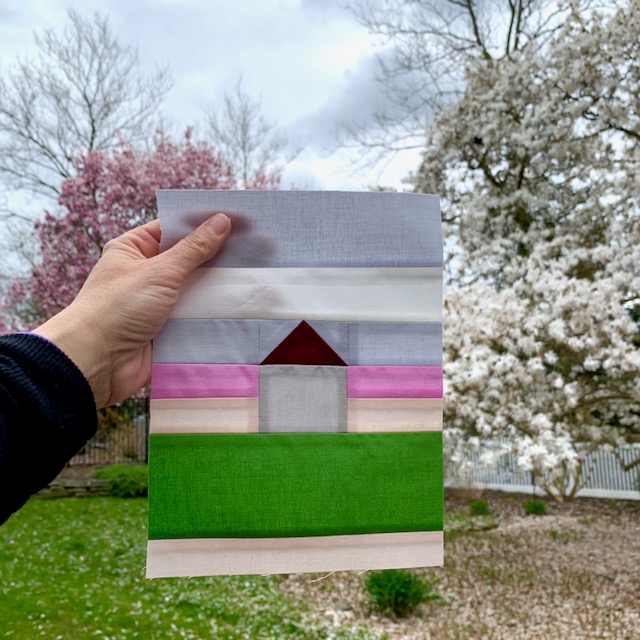
Considerations when picking a project
There are a few factors to consider when choosing a project. First, your project should be open-ended enough to allow for creative play and exploration. However, it should not be so vague that it lacks clear direction and accountability.
For my project, I chose to make one quilt block a day, based on the view outside my window. I then photographed the block with that view, to share on Instagram. Because the weather changes daily and is often unpredictable, I had to make a block each day (no way to skip ahead!). And because I was posting to social media daily, I was motivated to keep going and stay consistent.
If you decide to use the 100 Day Project to master a new skill, it’s important to narrow your focus and set limits. You could limit the amount of time that you dedicate each day, or limit the size of the project you will work on each day. The point is, you want to be able to measure your progress to see how you’ve developed over time. So try to be specific. (Bonus points if you make sure that you actually like doing that skill before you commit!)
I found that choosing a project with natural constraints—like the changing view outside my window—pushed me to be more resourceful and intentional. There’s something deeply satisfying about creating something beautiful within boundaries rather than with unlimited options.
Time is precious. Your project should not be overly time consuming. I can promise there will be days that you will not feel like working on your project. This is where your online community will help to push you through. Try to pick an idea that can be completed in approximately 10-15 minutes. You can always play longer when you have the time. But if you’re not in the mood, 15 minutes is about all you’ll want to handle. For my project, the quilt block I created was completely manageable to make in 15-30 minutes tops (and there were days it felt like a lot).
In the end, the time limitation became a gift. It forced me to focus on what mattered most in each block, stripping away the unnecessary and finding the essential beauty in each day’s view. And there’s something wonderfully honest about a project made in stolen moments rather than endless hours of perfecting.
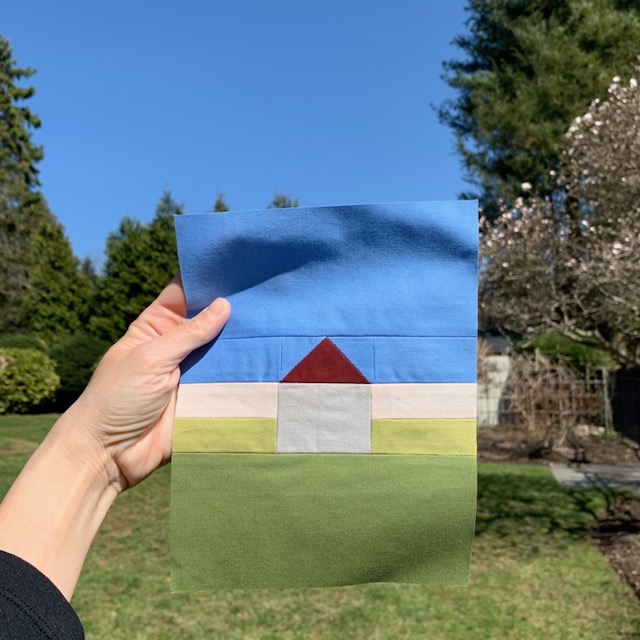
Do I really want to do this?
Making a commitment in the first place takes courage. It’s exciting, daunting, and a little crazy (in a good way!). On Day 1, I wondered if I would be able to do this every single day. I wondered if I would enjoy the process. Would I be able to show up consistently? But I committed anyway. And I took it one day at a time. I didn’t allow myself to think about how much work was ahead of me. I just focused on each day as its own project.
Some days I was excited. Other days I was uninspired (I’m looking at you, late February and March). Some days I was frustrated because the fabrics in my stash just didn’t match what I wanted to create.
Those days when my stash didn’t seem to match my vision became unexpected lessons in creative problem-solving. I’d ask myself, ‘How can I work with what I have to still capture today’s sky?’ Sometimes these constraints led to my most interesting blocks because rather than creating what I wanted to make I had to create what I had the resources to create.
And in spite of it all, I stuck with it. And I’m so glad that I did. Because now, I know that I can.

Its about creative exploration, not perfection
What I cherish most about my completed project isn’t its perfection—it’s how it chronicles both the changing seasons and my changing relationship with creating. The blocks made on difficult days stand alongside the ones made on inspired days, each one valuable not despite but because of the circumstances that shaped it.
Go for it!
I hope that this encourages you to go for it! The greatest accomplishment from completing a 100 Day Project is the belief in yourself that you gain from being consistent. It’s an awesome feeling to know that you can depend on yourself to show up and do the work — a mindset that you can apply to any area of life from here on out. With each small step, with each bite-sized chunk after another, we can do hard things! Let’s do it!
This post contains affiliate links, which means I may earn a small commission if you purchase through my link, at no extra cost to you. Thanks for supporting Leland Ave Studios!

